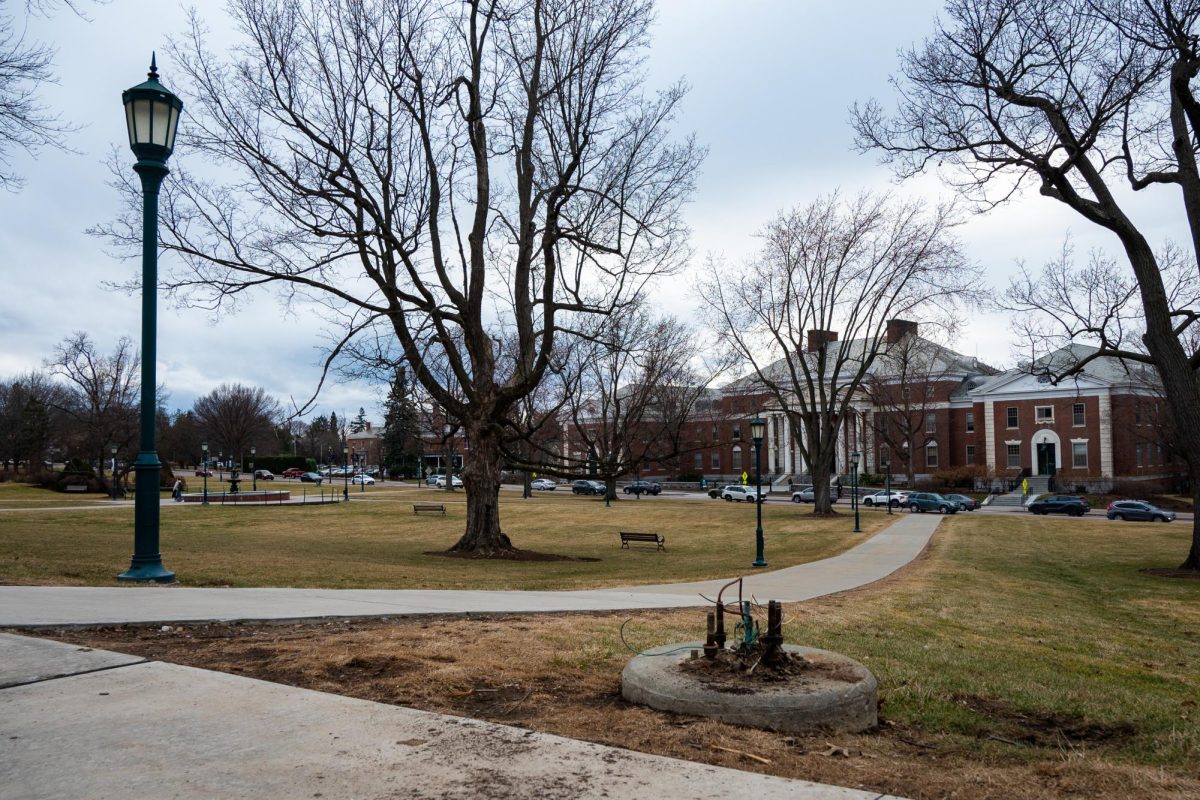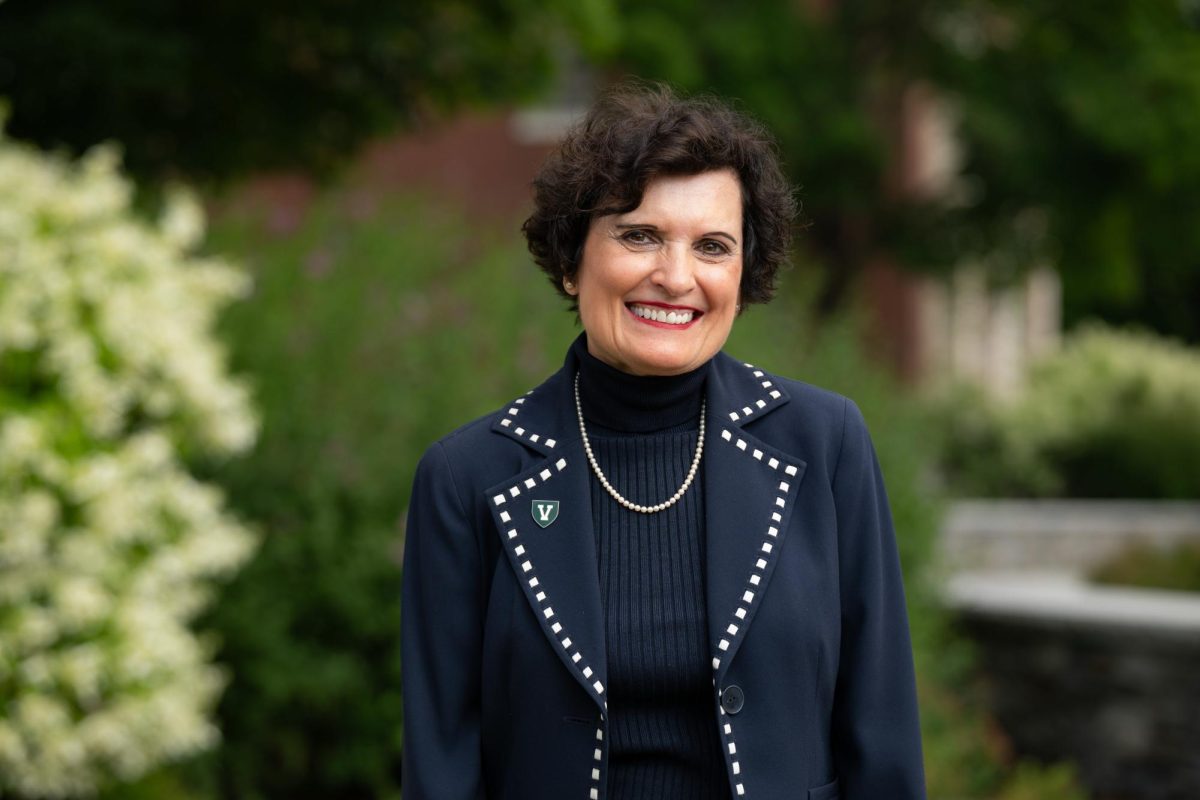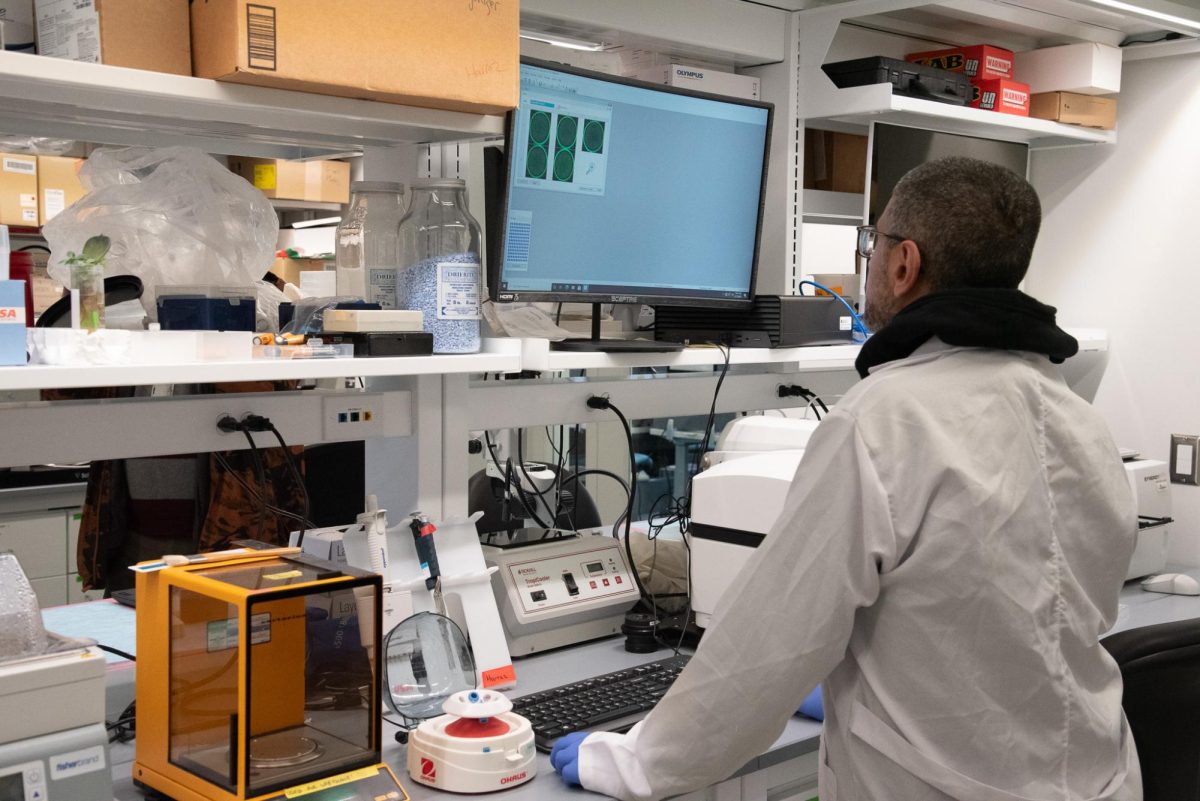Next semester, the Christie Wright Patterson complex will have a new living option centered around a science-backed wellness program.
The Wellness Environment program focuses on four pillars: fitness, nutrition, mindfulness and mentorship, all of which are meant to help students live healthier lives. In addition, residents are required to take “Healthy Brains, Healthy Bodies,” a class on the correlation between the brain and overall wellness, taught by the program’s founder, James Hudziak.
“I do think we have an important issue around the misuse of alcohol and marijuana substances,” said Dr. Jon Porter, director for the Center for Health and Wellbeing.
“Not coming from a standpoint of abstinence, and ‘don’t do it’, but rather connecting those behaviors with how to do really well and make college really valuable,” Porter said. Hudziak and Porter are trying to create a positive environment that doesn’t condemn substance use, but rather presents a healthy lifestyle as an alternative.
Hudziak believes that the program will be more successful than past attempts to solve the same problem. “What’s different between my program and many that run the country is that mine’s not about stopping,” he said. “Mine’s about moving toward wellness.” The program is about more than an alternative to substance abuse, however. The goal is to optimize the college experience.
“I think there is a gap between what the population of students do, and what they are capable of in the classroom,” Porter said. In the Wellness Environment, students will be surrounded by people who will help them make healthy choices. Peer educators will be working with residents on physical education, activity and nutritional counseling, Porter said.
In order to measure wellness empirically, Hudziak involved FitBits, which are sleep and activity monitoring bracelets, to track the progress of his students and to reinforce healthy habits. “Reinforcement, in the case of a FitBit, allows you to center yourself on what your goals are,” he said. FitBits are also an integral part of the “Healthy Brains, Healthy Bodies” class.
The class opens with a meditation led by a student, followed by student-made videos that illustrate wellness in everyday life. The positive energy that developers wish to encompass in the Wellness Environment is embodied in the course. This program is on its way to becoming a well-established method that many other universities hope to model.
“Already other universities have been reaching out to me,” he said. The demand for such total healthiness is apparently in demand among incoming first-year students. The 150 beds that were budgeted for the residency program were filled after only two of six admitted student days.
“It gives us such energy that there are young people out there that want this. Now that there is no anxiety of filling the program, why not go big?” Hudziak said. “I would love if the University of Vermont someday became known as the Wellness Environment,” he said.













